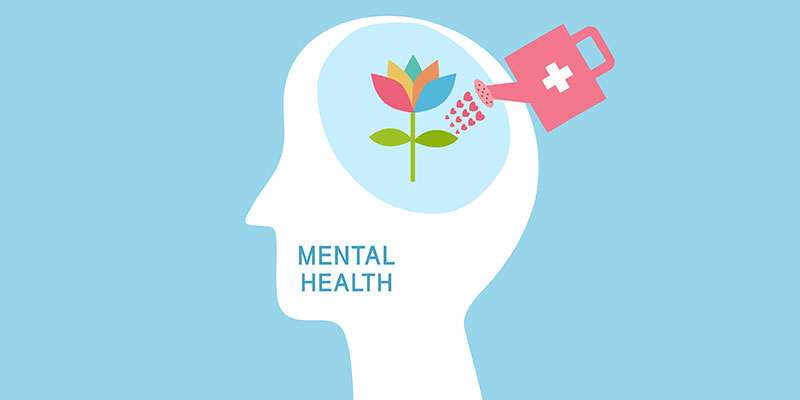- 98143 70700
- info@thehermitage.rehab
- 22, Circular road, Opp. VR Ambarsar, Amritsar
In recent times I have seen many of my clients resorting to self-harm when they are triggered and their families are always baffled with how their child can do such a thing. They are unable to comprehend what went wrong or why their child has the urge to cut himself or to physically harm himself.
From a very tender age, children may or may not be taught how to express themselves and while most of them learn this at their own pace, some develop different forms of expression which are always not agreeable; self harm is one of them.
Self-harm, often misunderstood and stigmatized, is a complex behaviour with underlying psychological factors. Individuals who engage in self-harm are not seeking attention or trying to be dramatic; rather, it’s often a coping mechanism for dealing with overwhelming emotions or distress. In this article, we’ll explore the psychology behind self-harm and delve into the factors that contribute to this behaviour.
Self-harm, also known as self-injury or self-mutilation, refers to deliberate, non-suicidal actions that cause physical harm to oneself. These actions can include cutting, burning, scratching, hitting, or even hair-pulling. While self-harm is not a mental disorder itself, it is often associated with underlying mental health issues such as depression, anxiety, trauma, or personality disorders.
One of the key psychological factors driving self-harm is emotional distress. For many individuals, self-harm serves as a way to cope with intense feelings of sadness, anger, guilt, or numbness. It provides temporary relief from overwhelming emotions by redirecting attention away from emotional pain towards physical pain, which can be more manageable or easier to control. In a way, self-harm becomes a coping mechanism—a maladaptive attempt to regulate emotions and alleviate psychological distress.
Another important aspect of self-harm is the sense of control it provides. When life feels chaotic or out of control, self-harm can serve as a way for individuals to regain a sense of agency over their bodies and experiences. By inflicting pain upon themselves, they may feel a temporary sense of power or mastery over their emotions and circumstances. This illusion of control can be seductive, even though it ultimately perpetuates a cycle of harm.
Additionally, self-harm can serve as a means of communication. For some individuals, especially those who struggle to express their emotions verbally, self-injury becomes a way to communicate their inner pain or distress to others. It can be a cry for help—a desperate attempt to reach out and seek support or understanding from those around them. However, because self-harm is often misunderstood or met with negative reactions, it can further exacerbate feelings of shame and isolation.
Furthermore, self-harm can become addictive due to the release of endorphins—natural chemicals in the brain that act as painkillers and mood elevators. When a person engages in self-harm, their brain releases endorphins in response to the pain, producing a temporary euphoric or calming effect. Over time, this reinforcement cycle can lead to dependence, making it increasingly difficult for individuals to stop engaging in self-harming behaviours.
It’s important to recognize that self-harm is not a solution to underlying problems; rather, it is a symptom of deeper psychological distress. Addressing the root causes of self-harm requires a comprehensive approach that focuses on building healthier coping mechanisms, improving emotional regulation skills, and addressing underlying mental health issues through therapy, medication, or other interventions.
If you or someone you know is struggling with self-harm, it’s crucial to seek help from a qualified mental health professional. Therapy can provide a safe and supportive environment to explore the underlying issues contributing to self-harm and develop healthier ways of coping with distress. Additionally, building a strong support network of friends, family, or support groups can offer invaluable encouragement and understanding throughout the recovery process.
In conclusion, self-harm is a complex behavior with deep psychological roots. It often serves as a maladaptive coping mechanism for managing overwhelming emotions, regaining a sense of control, communicating inner pain, and seeking temporary relief through the release of endorphins. Addressing self-harm requires compassion, understanding, and comprehensive treatment aimed at addressing underlying psychological issues and building healthier coping strategies.
The Hermitage Rehab is the best rehab center in India with all the luxury facilities to feel you like are at home. In case, you are going through any kind of mental trauma and want support and guidance, ask for help at the right time. It will prevent you from further disasters.

WhatsApp us